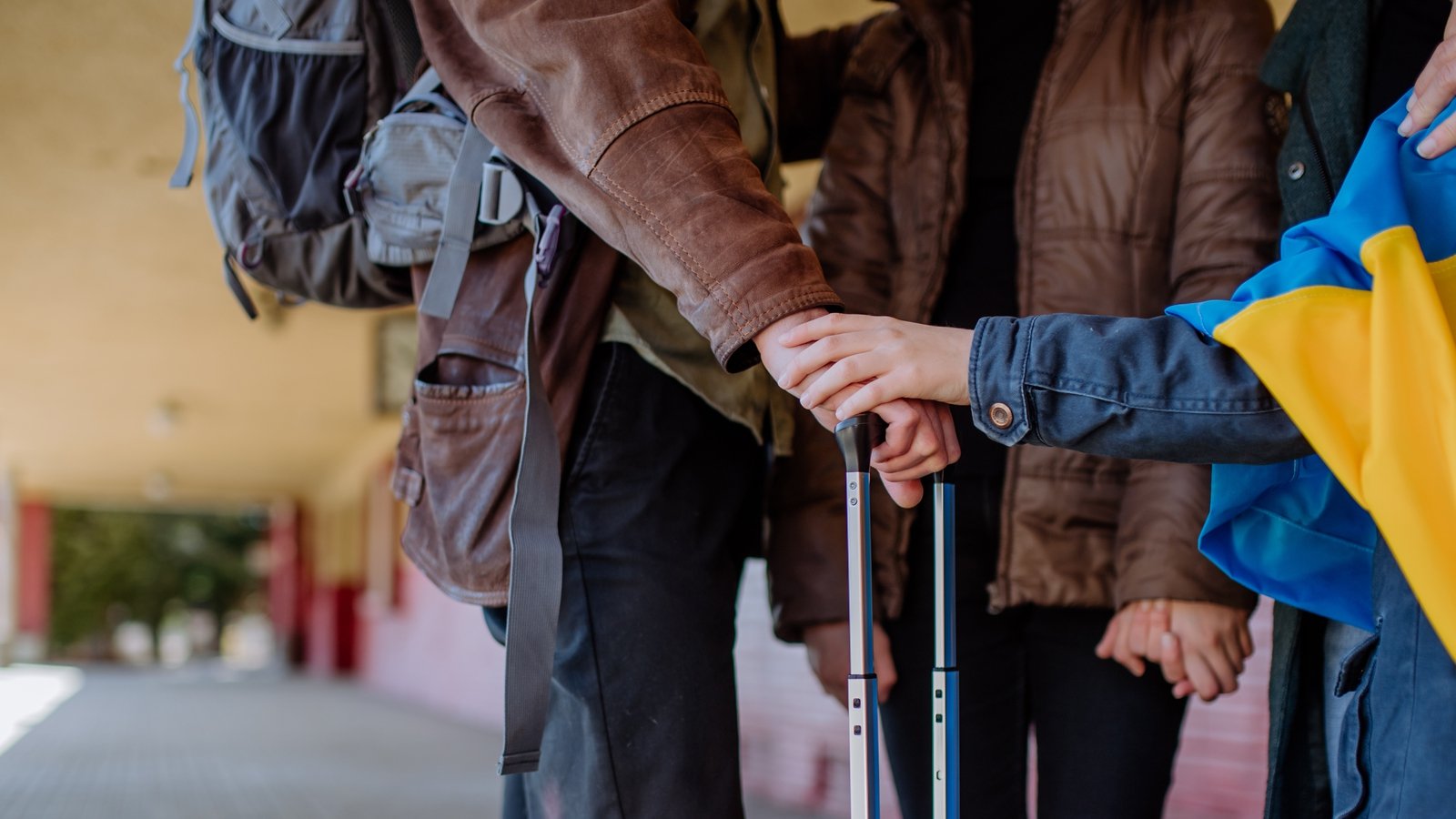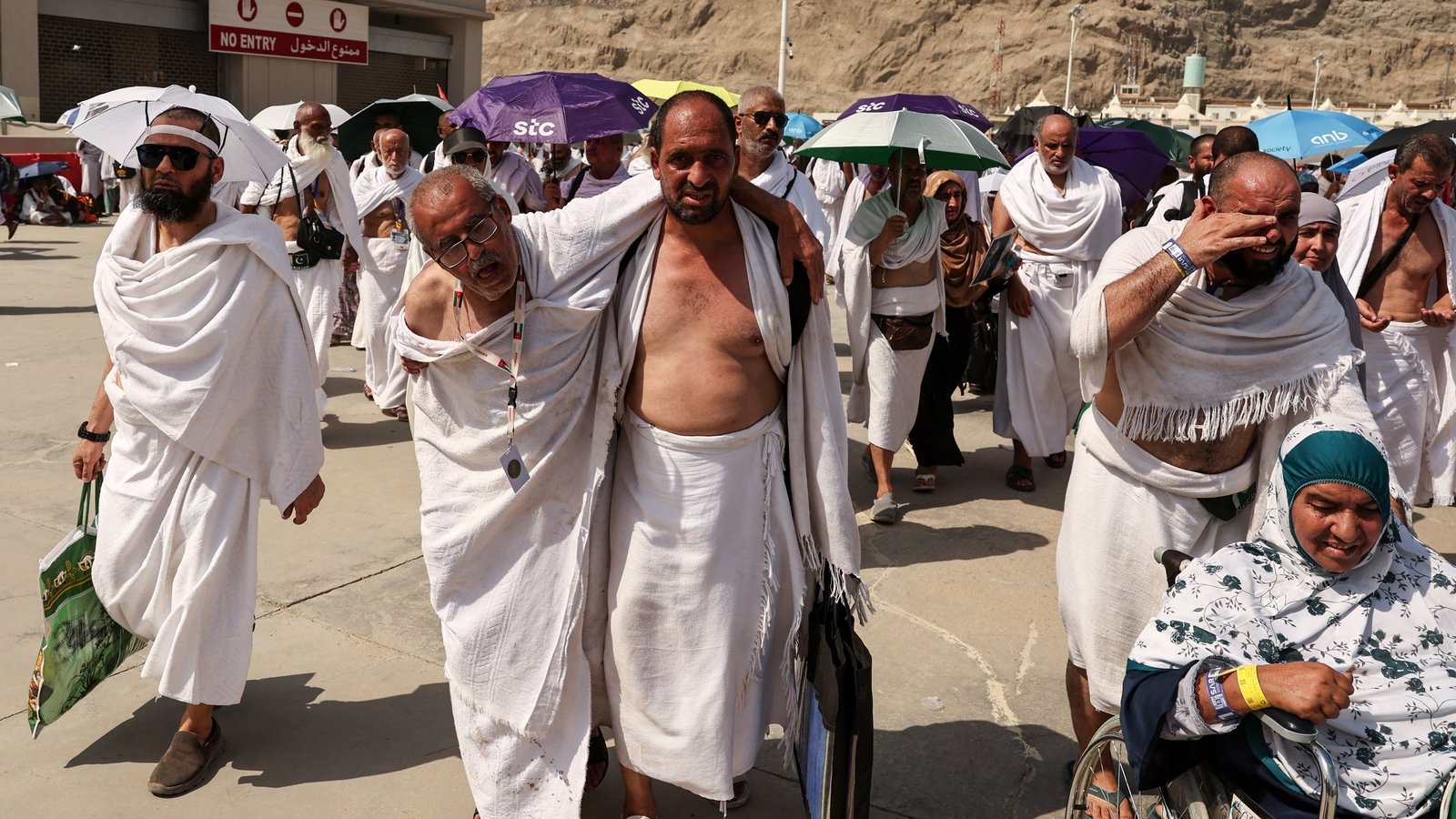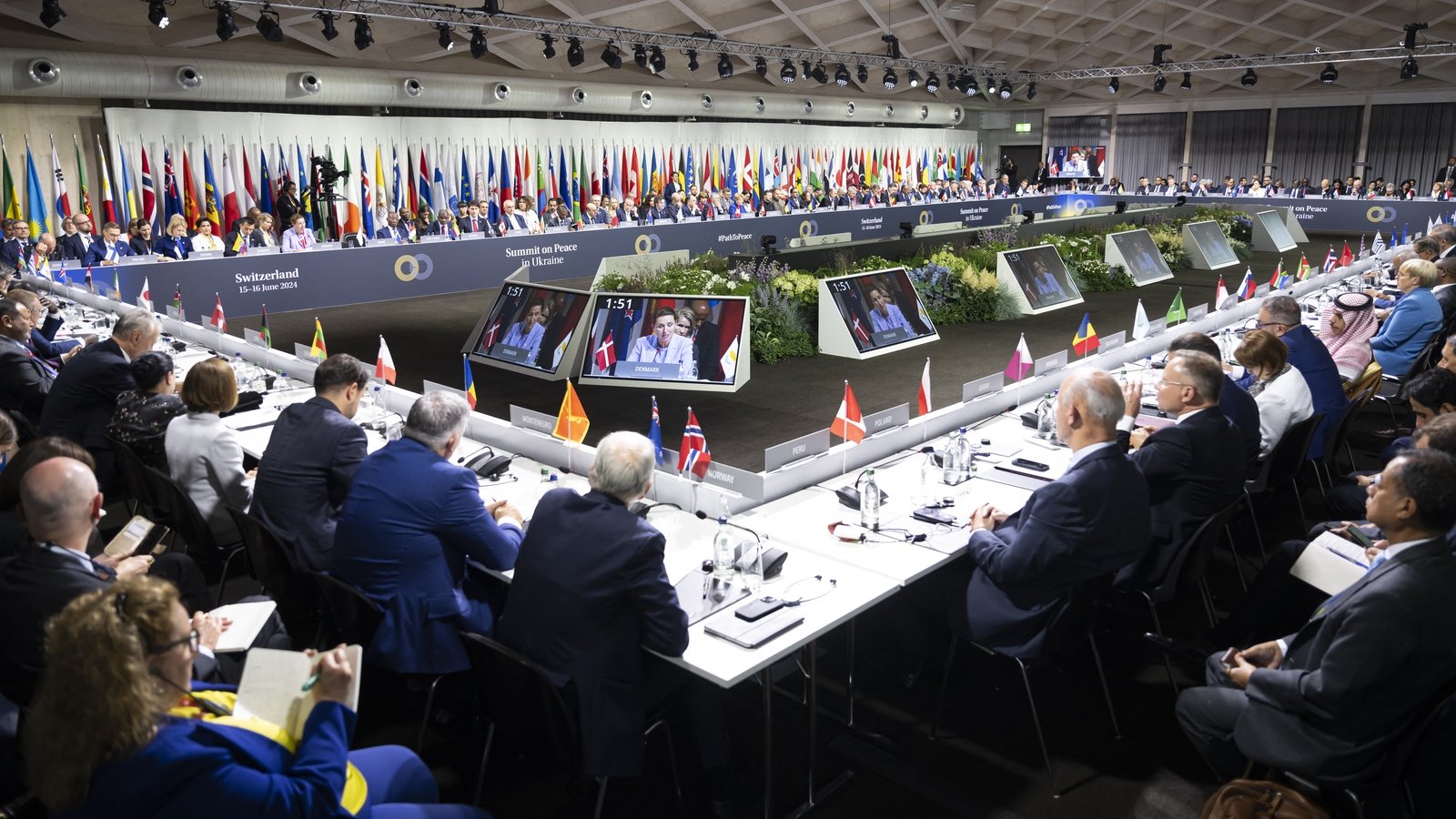Thousands attend vigil on Turkey earthquake anniversary

More than 10,000 people gathered early this morning to hold a vigil for the one-year anniversary of the devastating earthquakes that hit southeastern Turkey, as some protested at what they called government negligence in the aftermath.
The magnitude 7.8 tremor, the deadliest disaster in the country’s modern history, levelled towns and parts of cities in the country’s southeast and neighbouring Syria.
It killed more than 50,000 people in Turkey, some 5,900 in Syria, and left millions homeless.
In the southeastern Turkish province of Hatay, the country’s worst-hit, people called for the government and local authorities to resign during the vigil, and demanded that officials do not present themselves at the memorial, while booing speeches.

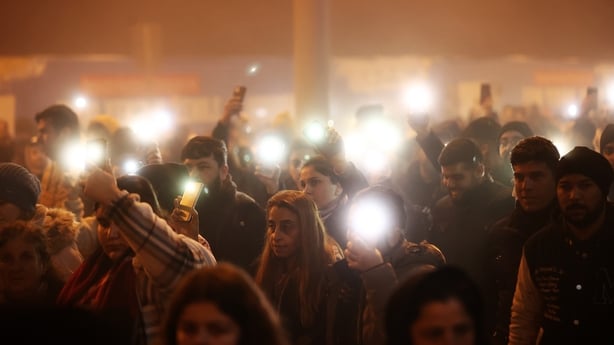
In the main square of the city of Hatay, located in the province, some chanted, “Can anybody hear my voice?” as health minister Fahrettin Koca spoke, a slogan referring to calls heard from under the rubble as people waited for days for help to arrive.
Residents said many people died not because of the buildings collapsing, but rather from waiting for so long trapped in the rubble in the cold.
After the vigil, people tossed flowers into the Asi River, which runs through the city.
Merve Gursel, who lost her aunt, her aunt’s husband and her cousins in the earthquake, called out their names as she tossed a carnation into the water for each one.
“Nobody was with these people that day. These people’s pain is that they could not be rescued. These people’s pain is that they could not have their voices heard,” she said.
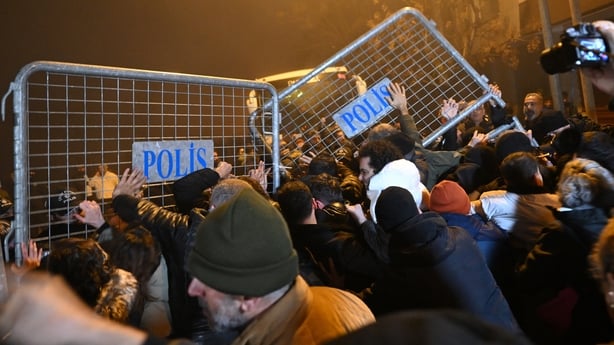
“This (the protests) is the echo of people’s inner pain. It is an echo of how much people have suffered. There is no way to describe how to make up for the pain here. Those people’s hearts are bleeding.”
Nesibe Duzgun said she was tossing flowers in the water for everyone she knew and that the move unified the people of Hatay.
Turkish President Recep Tayyip Erdogan said in a statement on social media that the pain of the loss from the earthquakes was as fresh now as it was a year ago, and his government had moved in the immediate aftermath of what they call “the disaster of the century”.
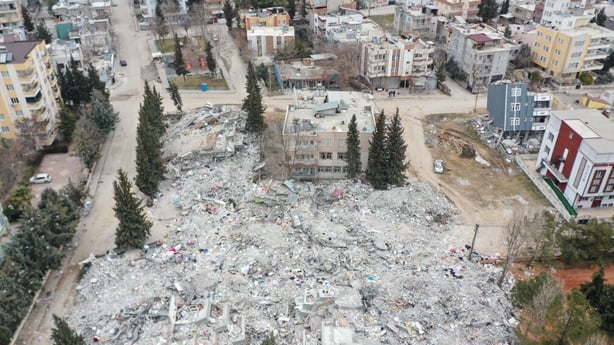
“The unity of the century was displayed in the face of the disaster of the century,” he said.
However, Nurul Sabah Aksu, a Hatay resident, said the government had abandoned the people of the city to die.
“Thousands of people died here. Where were they? Why did they leave Hatay like this? Why did they forget about us?” he asked.
Grieving Turks are still coming to terms with how a 7.8-magnitude tremor could upturn the lives of millions of people in a matter of seconds while they were still asleep.
An updated toll released last Friday showed that 53,537 people had died across 11 southeastern provinces officially designated as the disaster zone.
The confirmed loss of 5,951 more lives in neighbouring Syria makes last year’s earthquake one of the ten deadliest in the world in the past 100 years.
Ancient cities such as Antakya have been effectively wiped off the map.
Others have gaping holes in place of apartment towers that toppled like houses of cards when the ground began to move at 4.17am.
Many remain displaced – Concern
Concern’s director for Turkey Shahzad Jamil described the destruction after the quake as “apocalyptic”.
Speaking on RTÉ’s Morning Ireland, he said the area affected is larger than Portugal, Netherlands and Austria.
He said that around 670,000 people have been living in containers since the disaster.
In relation to how Syria coped, Mr Jamil said about four million people were trapped in a small corridor in the northwest when the earthquake struck.
“This has not been the first disaster for them over the last ten years. They have been continuously been displaced, redisplaced and redisplaced. For them, it was a disaster within a disaster within a disaster. “
He said it came at a point where the weather conditions were extremely bad.
“We’re talking about -10C to -15C temperatures in that region, people already living in very bad conditions where there is no place for people to pitch a new tent if there is a new family being displaced.
“So, imagine how people would have coped in that situation, when what you already have is gone, so it’s for over four million people that are living in need of food assistance already.
“And we are talking about 260,000 people receiving food assistance from WFP [World Food Programme], which is a very, very terrible situation.”
He said there is a need for sanitation systems, housing upgrading and “cash assistance, which has been key for the people to restart their living and resume their dignified life”.

